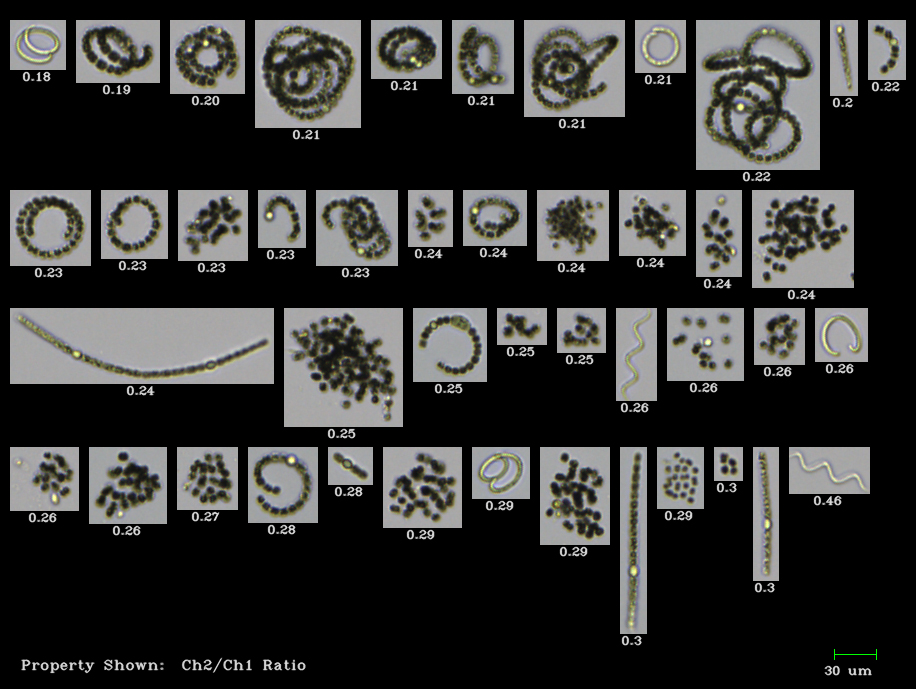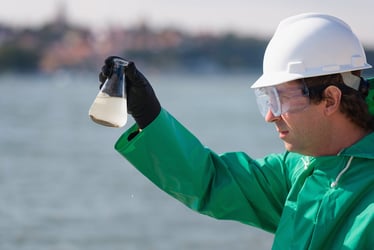Ensure Safe Drinking Water
Climate conditions are conducive to both harmful algae blooms (HABs) as well as taste and odor events in drinking water with increasing frequency and intensity. As a result, EPA regulations are moving toward requiring cyanobacteria monitoring. Proactive drinking water agencies are seeking a streamlined approach to monitoring cyanobacteria and nuisance algae. Unfortunately, there is no single method that answers all the fundamental questions needed to make treatment decisions and ensure a safe water supply:
- What is the abundance of cyanobacteria?
- Is the cyanobacteria species capable of producing toxins?
- Which species are present in the reservoir?
- What is the concentration of cyanotoxins?
- How do I know if we have a problem?
AWWA Opflow recently published a case study that details how the City of Wichita Falls, Texas has incorporated a FlowCam analyzer as part of an integrated solution with other tests to stay ahead of large-scale Microcystis outbreaks and cyanotoxin issues.












